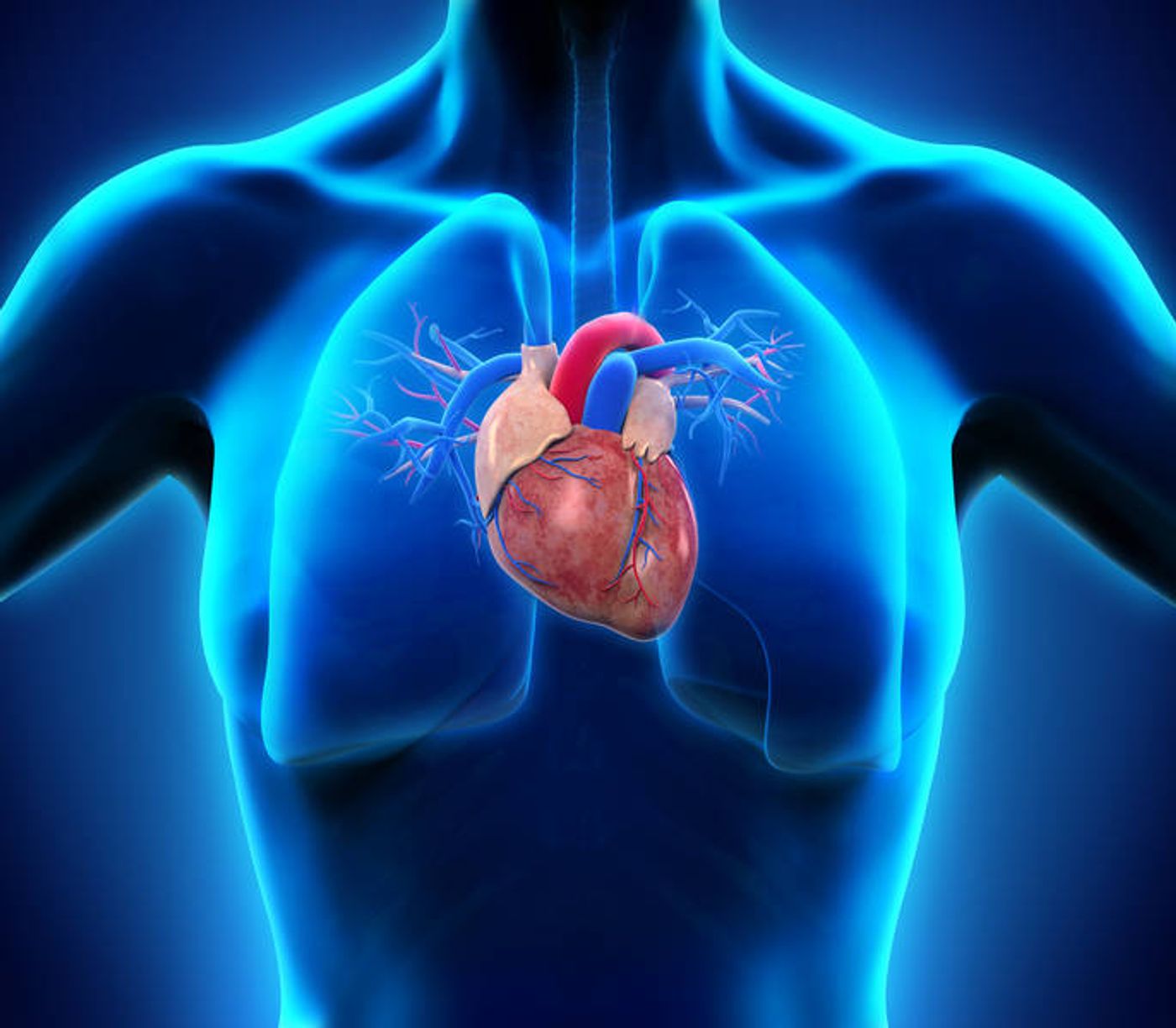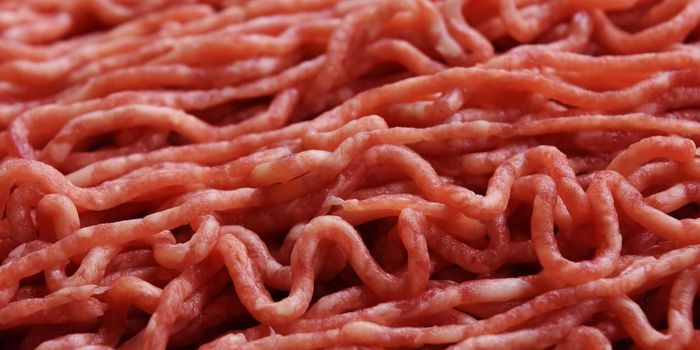Women More Likely Than Men to Die in the First Year After A Heart Attack
Women are more likely than men to die in the year following a heart attack, but men are more likely to be hospitalized for having a heart attack. What?
Why do women suffer worse consequences? The answer likely lies in the fact that heart attacks between the two sexes are just different. Women are more likely to be older than men when they have a heart attack, a difference of nearly a decade. Additionally, women are more likely to have potentially-exacerbating diseases like diabetes.
Another difference is the cause of heart attack and the subsequent treatment. Men are more likely to suffer heart attacks that occur because of a “local narrowing of blood vessels.” This is more or less simple to rectify after a heart attack, but if this isn’t the cause, then the repair isn’t as easy. The cause of heart attacks for women is usually diffuse coronary artery disease, and repairing arteries in this context is less successful.
Even with these differences taken into account, are women still at a higher risk of death after a heart attack? This is what Technical University of Munich scientists wanted to know when they recruited 4100 participants for a new study. By comparing the five-year survival rate and one-year survival rate for men and women suffering heart attacks, researchers saw a big difference in the statistics. For example, women are 1.5 times as likely as men to die during the one-year period, but the five-year period showed almost zero gender differences in survival.
The explanation may be more mental than physical. "In everyday life, women often face different expectations after a heart attack than men,” explained one of the study’s authors, Georg Schmidt. “They are expected to start 'functioning' again sooner, which means that they are subject to bigger stresses.”
More studies will have to be done to confirm that this factor contributes to increased mortality rates for women suffering heart attacks, but for now, researchers are focusing on encouraging doctors to focus more on women in the year following a heart attack.
The present study was published in the journal PLOS One.
Sources: The American Journal of Cardiology, Technical University of Munich


![[Guide] 7 Strategies to Boost Laboratory Collaboration](https://d3bkbkx82g74b8.cloudfront.net/eyJidWNrZXQiOiJsYWJyb290cy1pbWFnZXMiLCJrZXkiOiJjb250ZW50X2FydGljbGVfcHJvZmlsZV9pbWFnZV83YzBjZWIwM2Y5YzI4MmFlYzBhZDZhMTcyNTQ1ZGU3YmE4Y2MzMDYyXzUxNDkuanBnIiwiZWRpdHMiOnsidG9Gb3JtYXQiOiJqcGciLCJyZXNpemUiOnsid2lkdGgiOjcwMCwiaGVpZ2h0IjozNTAsImZpdCI6ImNvdmVyIiwicG9zaXRpb24iOiJjZW50ZXIiLCJiYWNrZ3JvdW5kIjoiI2ZmZiJ9LCJmbGF0dGVuIjp7ImJhY2tncm91bmQiOiIjZmZmIn19fQ==)






